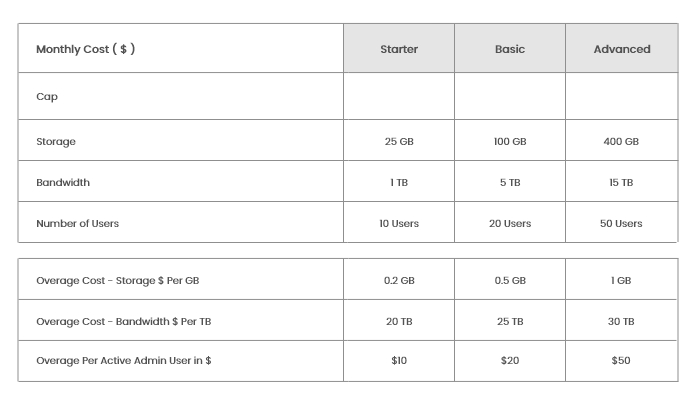



Google Search Console's Video Indexing Report Has Been Improved
Google improves the video indexing report in Search Console, offering specific input to optimize video visibility...
Google recently expanded the video indexing report in Search Console, revealing more precise reasons why a video may not be prominently displayed in search results.
The search engine giant intends to help improve video content visibility and discovery on its platforms.
More Specific Webmaster Feedback
When facing troubles with video content, Search Console formerly presented a nonspecific "Google could not determine the prominent video on the page" error message.
Google has divided the general message into three distinct reasons:
- Video Beyond the Viewport
- The video is too short.
- The video is too tall.
The modification provides clear, actionable guidance.
Reposition the video, for example, so that it is visible when the page loads and is within the renderable region of the page.
Alternatively, you may need to change the video's size to satisfy Google's specific requirements.
Changes' Potential Impact
Changes to the video indexing report in Search Console may have an impact on sites that receive traffic to video-content pages.
According to Google:
"By providing more specific feedback on why a video may not be indexed, Google is enabling website owners to make necessary changes that may improve the visibility of their video content in Google Search." This could result in more traffic to their websites if the proposed improvements are performed and result in greater indexing and visibility of the videos."
As video content becomes more important in SERPs, appearing in video carousels and video-rich snippets, it's critical to ensure Google is indexing it appropriately.
Best Video Indexing Practises
While Google's video indexing report has been updated to highlight more specific reasons for indexing troubles, it does not provide a comprehensive list of best practices.
However, based on the information presented and Google's general standards, the following best practices can be deduced:
- Place videos in the viewport.
- Make sure the video is the right size.
- Use structured data and video sitemaps.
- Allow Googlebot to access video content files.
- Provide precise and unambiguous metadata.
- Put video quality and consumer engagement first.
These practices can aid in increasing video visibility in Google Search, hence increasing user engagement and website traffic.
Changes Are Implemented Gradually
These adjustments will not be immediately apparent in your video indexing report.
According to Google, it could take up to three months for the past data to be flushed out before all of the new mistake explanations are presented.
"Because the Search Console video indexing report only displays three months of historical data, you may still see 'Google could not determine the prominent video on the page' in the list of reasons in the Video Indexing report, but it has no effect on your pages."
In conclusion
While the new Search Console report provides more granular information on why a video may not be indexed, it is up to you to use this knowledge.
Understanding the difficulties influencing video indexing and making the appropriate improvements can increase the exposure and traffic to your video content.
Hocalwire CMS includes a carefully picked array of automatically updated settings to keep up with the Google Update cycle for its search engine. As a service to our clients, we provide mobile SEO implementation in our basic packages. Schedule a Demo today to learn how Hocalwire can help you transform your current codebase into a stunning mobile experience.

